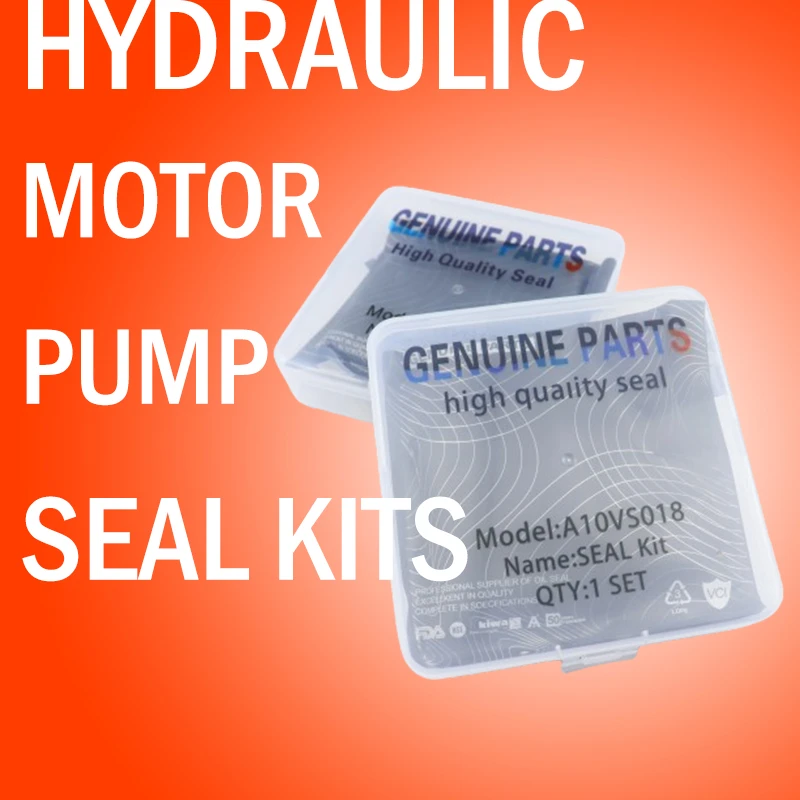តុលា . 05, 2024 16:09 Back to list
seal kits
Seal Kits Essential Components for Preventing Leaks and Enhancing Performance
In various industrial applications, the importance of maintaining equipment integrity cannot be overstated. One critical aspect of ensuring this integrity is the use of seal kits. Seal kits are crucial components, designed to prevent leaks and maintain the efficiency of machinery and equipment. In this article, we will explore the significance of seal kits, what they typically include, the various applications they serve, and tips for their proper selection and maintenance.
What are Seal Kits?
Seal kits are collections of seals and gaskets that are essential for the adequate functioning of hydraulic and pneumatic systems. These kits are often tailored for specific machinery or applications and are designed to create a tight barrier that prevents the escape of fluids and air, thereby minimizing waste and enhancing performance. Seal kits can vary widely in composition, including materials such as rubber, polyurethane, polytetrafluoroethylene (PTFE), and various composite materials, each chosen for its specific properties and compatibility with different fluids and temperatures.
Importance of Seal Kits
The primary function of seal kits is to maintain the integrity of equipment systems. In hydraulic machinery, for example, seals help contain hydraulic fluids which are under high pressure. Any failure in sealing can lead to leaks, which not only wastes resources but can also pose significant safety risks. Similarly, in pneumatic applications, air leaks can lead to decreased efficiency and increased operational costs.
Moreover, seal kits contribute to prolonged equipment life. Properly sealing components reduce wear and tear, ensuring that critical machinery operates smoothly and efficiently. This can lead to reduced downtime and maintenance costs, ultimately resulting in a higher return on investment for companies.
Components of Seal Kits
A typical seal kit may include various types of seals, such as O-rings, hydraulic seals, and lip seals, along with gaskets designed for specific joints. Each component serves a unique purpose
1. O-Rings These are circular seals made from elastomeric materials and are used in static and dynamic applications. They provide a reliable barrier against fluids and gases.
2. Hydraulic Seals Specifically designed for hydraulic applications, these seals withstand high pressures and are available in various shapes, including radial and axial seals.
3. Lip Seals Often used in rotating applications, lip seals primarily prevent fluid leakage while allowing for smooth movement of shafts.
seal kits

4. Gaskets These provide a sealing surface between two or more surfaces, ensuring that fluids do not escape the joints.
Applications of Seal Kits
Seal kits are widely used across various industries, including construction, manufacturing, automotive, and oil and gas. For instance, in construction machinery, where hydraulic systems are prevalent, seal kits are essential for maintaining excavators, backhoes, and loaders. In the automotive industry, seal kits are crucial for engines, transmissions, and differentials.
In the oil and gas industry, seal kits help prevent leaks in drilling and production equipment, where the containment of fluids is vital to safety and efficiency. In manufacturing, seal kits play a role in packaging machinery, where ensuring the integrity of products is essential.
Selecting the Right Seal Kit
Choosing the appropriate seal kit can be a daunting task due to the range of available options. A few considerations can help in making the right selection
- Compatibility Ensure the materials in the seal kit are compatible with the fluids and operating temperatures in your system. - Size Measure the dimensions of the components accurately to select a kit that fits perfectly. - Application Choose a seal kit designed specifically for your industry or machinery type to ensure optimal performance.
Maintenance of Seal Kits
To maximize the lifespan of seal kits, routine maintenance should be prioritized. Regularly inspecting seals for wear, regularly replacing them, and using proper lubricants can prevent breakdowns and extend the productivity of equipment.
Conclusion
In conclusion, seal kits are indispensable in ensuring the smooth operation of various machinery and equipment across multiple industries. By preventing leaks and minimizing wear, these kits contribute to operational efficiency and safety. Understanding their components and applications, combined with proper maintenance, can lead to improved performance and longevity of critical industrial equipment. Investing in high-quality seal kits is not just an option; it is a necessity for any organization seeking to maintain high operational standards and ensure the safety of its operations.
-
TCN Oil Seal Metal Ring Reinforcement for Heavy Machinery
NewsJul.25,2025
-
Rotary Lip Seal Spring-Loaded Design for High-Speed Applications
NewsJul.25,2025
-
Hydraulic Cylinder Seals Polyurethane Material for High-Impact Jobs
NewsJul.25,2025
-
High Pressure Oil Seal Polyurethane Coating Wear Resistance
NewsJul.25,2025
-
Dust Proof Seal Double Lip Design for Construction Equipment
NewsJul.25,2025
-
Hub Seal Polyurethane Wear Resistance in Agricultural Vehicles
NewsJul.25,2025
-
The Trans-formative Journey of Wheel Hub Oil Seals
NewsJun.06,2025
Products categories
















